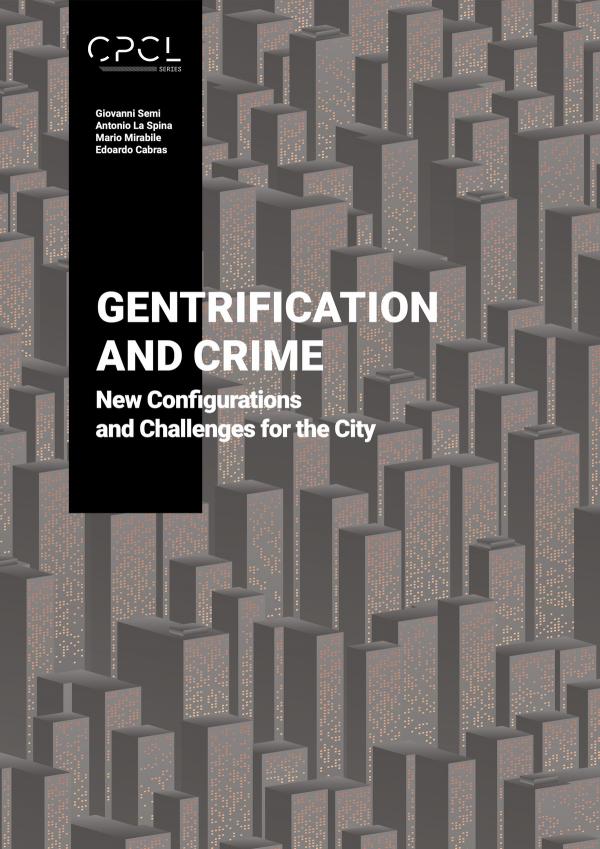Types of gentrification, crime and social impact
Synopsis
Gentrification can be seen as “the production of urban space for progressively more affluent users”1. Very frequently this phenomenon is seen as implying a willful displacement of less affluent dwellers in order to make room for the newcomers. This probably happens because more often than not it is mostly dictated by profit motives, at the cost of undermining and disintegrating pre-existing community bonds. I would label SG the ideal type of a gentrification essentially driven by speculation, or at any rate by self-interest. However, even when that has indeed been the case, it did not mean that aggressive speculators of the SG kind have always fought against any type of public intervention. On the one hand, they might have opposed those public bodies or measures that were aimed at shielding poorer people and restricting the room for manoeuvre of large-scale investments. On the other hand, real estate investors needed favourable policy decisions from urban planners and municipalities, also “through programs that prodded the private market (‘enterprise zones, for example) rather than direct subsidy”. “Overall, gentrification is now more corporate, more state facilitated, and less resisted that ever before”. There was deregulation to a certain extent, but public bodies did not totally abstain from interfering. Gentrification always requires some kind of public intervention, even when it is of the SG type.






